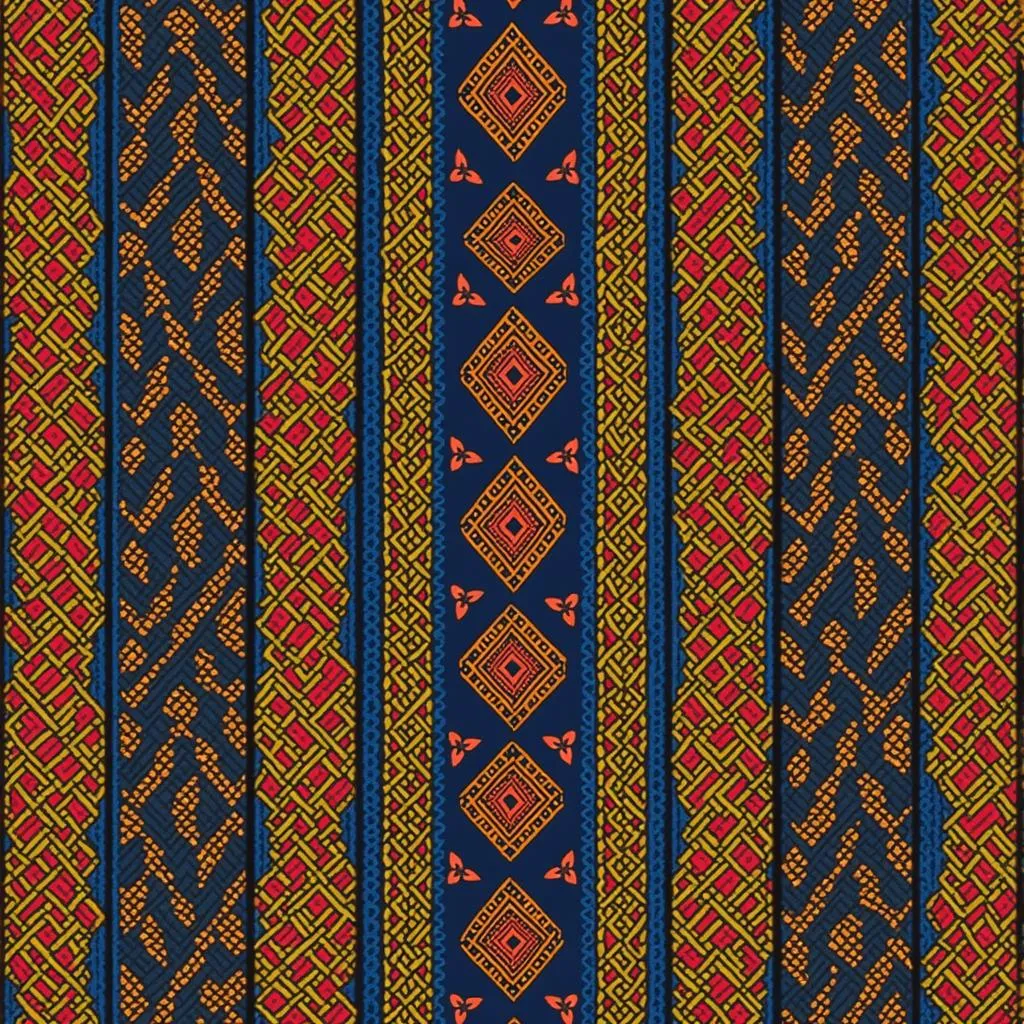Witnessing the Miracle: African Elephant Giving Birth
African elephant births are truly remarkable events. These gentle giants, known for their intelligence and complex social structures, bring new life into the world with a tenderness that belies their size. If you’re curious about the intricacies of an African Elephant Giving Birth, read on to discover the wonders surrounding this awe-inspiring experience.
A Long Journey: Gestation and Preparation for Birth
African elephants hold the record for the longest pregnancy among mammals – a staggering 22 months! That’s almost two years of carrying their young. Throughout this extended period, the mother elephant undergoes significant physical and behavioral changes. Her body diligently nourishes the growing calf, and she often seeks out the support and companionship of other females in the herd.
As the due date approaches, the expectant mother displays signs of restlessness. She may separate herself slightly from the herd, seeking a quiet and safe location to give birth. This secluded spot is often chosen for its access to water and abundant vegetation.
The Moment of Arrival: Labor and Delivery
The birthing process itself can last for several hours, with the mother elephant often assisted by other females, known as “allomothers.” These experienced females provide comfort, encouragement, and even physical support during labor.
The newborn calf, weighing an impressive 200-300 pounds, emerges from its mother’s womb ready to take on the world. The mother, exhausted yet elated, immediately turns her attention to her offspring.
Welcoming a New Life: First Steps and Family Bonds
Within minutes, the newborn calf struggles to its feet, encouraged by its mother’s gentle nudges and the comforting presence of the allomothers. The calf instinctively seeks out its mother’s milk, rich in nutrients essential for its growth and development.
From that moment forward, the calf becomes the center of attention for the entire herd. Adult females and young elephants alike shower the newborn with affection and protection. This strong family unit is vital to the calf’s survival, providing food, guidance, and safety as it navigates the challenges of its new world.
A Future Filled with Hope: Conservation and the Importance of Protection
Sadly, despite the joy and wonder associated with an African elephant giving birth, these magnificent creatures face numerous threats. Poaching, habitat loss, and human-wildlife conflict continue to endanger elephant populations across Africa.
Witnessing the miracle of an African elephant giving birth serves as a potent reminder of the importance of conservation efforts. By supporting organizations dedicated to protecting elephants and their habitats, we can help ensure that these gentle giants continue to grace our planet for generations to come.
Conclusion
The birth of an African elephant is a testament to the power of nature and the enduring strength of familial bonds. By understanding and appreciating these incredible animals, we can contribute to their preservation and ensure that future generations have the privilege of witnessing the miracle of an African elephant giving birth.
FAQ
How often do African elephants give birth?
African elephants typically give birth every 2.5 to 4 years.
How long do African elephant calves stay with their mothers?
African elephant calves stay with their mothers for several years, learning essential survival skills and benefiting from the protection of the herd.
What can I do to help protect African elephants?
You can support reputable conservation organizations, raise awareness about the plight of elephants, and make responsible choices as a consumer to reduce demand for ivory and other products that contribute to elephant poaching.
For further information and support, please contact:
Phone Number: +255768904061
Email: [email protected]
Address: Mbarali DC Mawindi, Kangaga, Tanzania.
We have a 24/7 customer service team ready to assist you.

